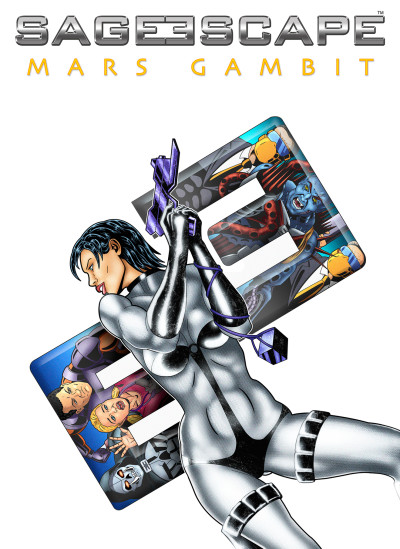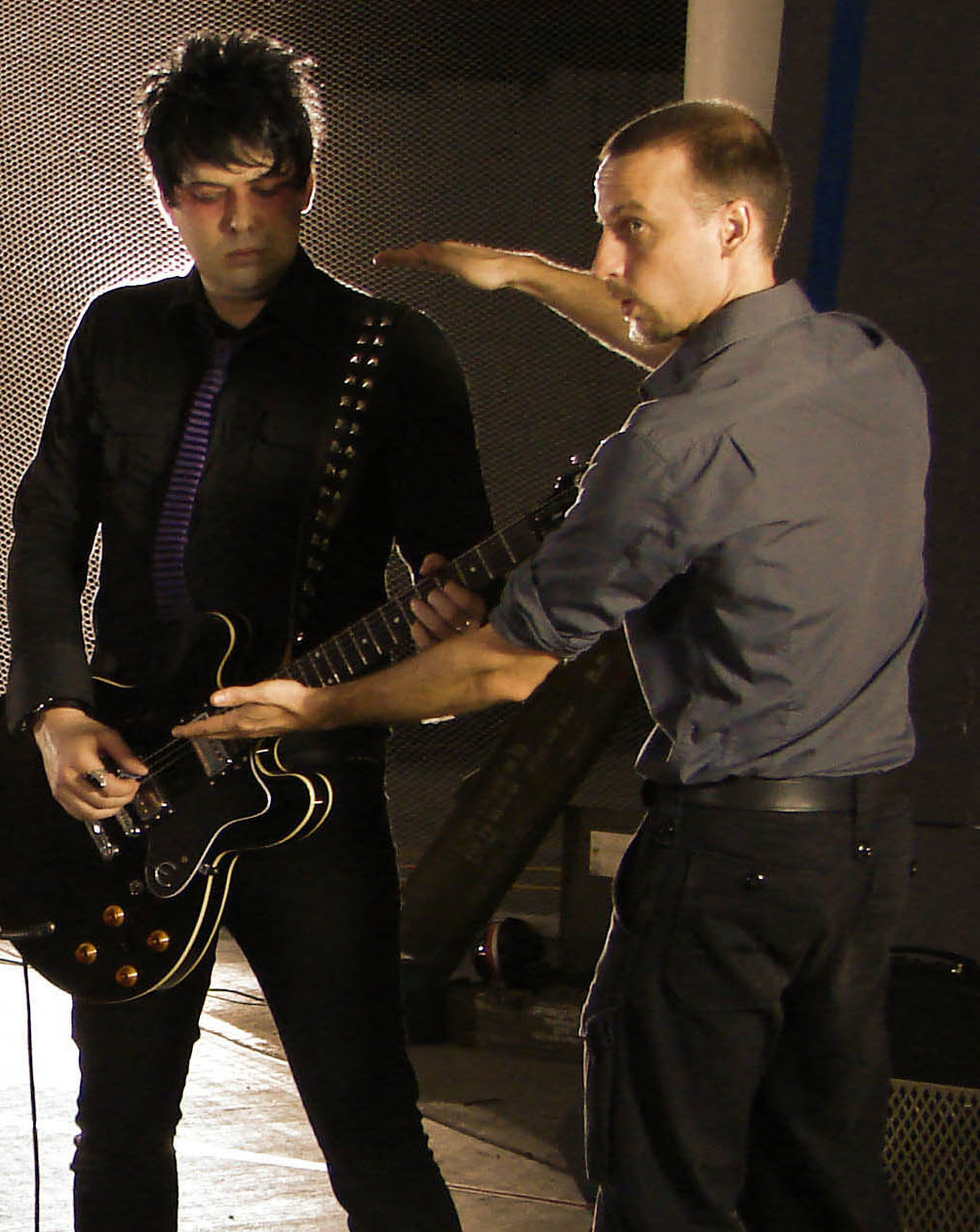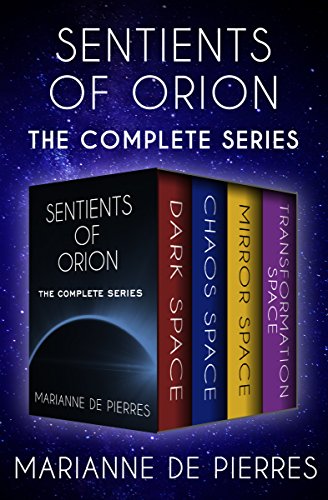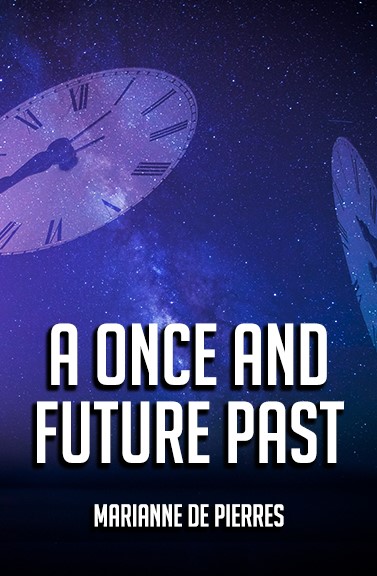Bec Stafford talks to the creator of SAGE ESCAPE, Damien Simancowickz
 Damian, I really loved the first two eps of Sage Escape. Firstly, why cyberpunk? Is this a genre you’ve always been interested in?
Damian, I really loved the first two eps of Sage Escape. Firstly, why cyberpunk? Is this a genre you’ve always been interested in?
Yes, always loved the genre. I grew up with Oliver Grunner blowing away evil cyborgs in Nemesis. Had a minor obsession with Bladerunner, Hardware and Akira. Marvel had some excellent cyberpunk titles in the 90s. And friends got me hooked on William Gibson’s eBooks and MP3s. If it’s a high tech future with an antihero, I’m in.
What made you create a female lead character, and is she based on anyone?
Originally, I had a male protagonist. But it worked better with a female. Maybe because the hero was teamed with Grim, a masculine mechanoid. Sage’s appearance is loosely based off a teenage girl I once worked with. She was fun to banter with and we’d occasionally have Friday night beers. She’s where Sage’s spiky black hair and leg tattoo came from. As for Sage’s personality, that’s all hers. She lets me know what she wants to say.
I’m a fan of the Aeon Flux series, so really love the way you similarly position your strong, sassy lead in a dangerous, dystopian future setting, giving her challenges and keeping us guessing. Who are your favourite cyberpunk characters and worlds, and why?
Sooo many to choose from! Here’s three of the coolest. The cyborg, Death’s Head 2 is at the top of the list (from the UK comic book series). Death’s Head and his sexy replicant partner, Tuck, faced it all: cyber viruses, evil scientists, plus demonic villains who combined cybernetics with magic. Open the comic and you’d be slingshot around the universe and through time. And even though Death’s Head looked monstrous, his go-get-‘em attitude and heightened intelligence made him charismatic. The metallic artwork’s outstanding. Ghost Rider 2099 started off strong (it seemed to be heavily influenced by William Gibson’s novels). The hero, Zero, is a
deceased cybersurfer who’s been resurrected in a synthetic body. He can switch appearance between his original human form, and the robotic Ghost Rider. Zero’s a fun hero because he knows the street and takes you through a twisted word of tech, and villainy. He also has a cool leather jacket and motorbike. And like Death’s Head 2, the story’s world is visually rich with futuristic detail. The first Aliens graphic novel by Dark Horse (black & white edition) is a knockout. Set ten years after the film, Hicks is now a drunk, alienated by other soldiers. Newt has been locked up and pumped full of drugs. And both the Church and military are secretly obsessed with the alien species. Hicks breaks Newt out and smuggles her onboard a ship full of synthetic soldiers, bound for the alien home world. Tough heroes, androids indistinguishable from real humans, explosive action and space ships–pure gold.
Can you tell us about your illustration and design process? Do you begin with sketches, which you then animate; or, is it all done digitally?
It begins with old school pencil and paper. I then scan the panels, and ink and colour them in Photoshop – all by hand with a Wacom tablet and pen. The episodes get edited in Final Cut Pro.
How far in advance do you write each ep? Do you plot storylines in advance, or write as you go?
The entire Sage series was plotted before we started the first episode, with scripts completed for three comic book issues.
 How long does each ep take to produce, from start to finish? Can you step us through a brief description of your process?
How long does each ep take to produce, from start to finish? Can you step us through a brief description of your process?
Haha, it depends on everyone’s schedules. So the time varies. But here’s the process: I complete the graphic novel pages, then do a rough visual edit of the episode for Benjamin Black, our audio producer. We record the voice actors one at a time. Then over the next week, Ben lays down ambience, sound effects and music. Ben and I bounce back versions of the episode to each other as we try different things. Then, when we think it works, we run it past the team, and make improvements.
Who are what are you influences, artistically? Is there anything you read, watch, or listen to to get yourself in the zone for each new piece?
I’ve been building a Sage production bible for over then years. So I surround my office with Sage production art. As for influences, I often have random comics open. Sage:Escape is pretty intuitive. I know something works when it feels right. Music’s a different story. I’ll put on specific artists with strong beats and chorus lines, like Trip Sinister and MC Kean. For action scenes, I crank Machine Head and Chamberland. If I need to snap into work mode, I play Fear Factory’s post-apocalyptic albums. Fear Factory’s Obsolete and The Industrialist are cyberpunk themed concept albums. Genius (if you’re into metal!).
You come from a film background, and have worked on features and music videos; and you’ve also developed work for other producers. How satisfying is it to work on this solo project, and in a completely different medium?
It’s great. The ‘solo’ project now has a team with graphic designers, web developers, VFX artists and musicians. So I still have plenty of meetings and brainstorming sessions. We review and tweak content before it goes out. In previous projects, I’ve contributed the writing and visual design, so in that respect, it’s familiar territory.
How much research do you undertake when writing each story? Is it important to know something about biotechnology, or combat, for instance, in order to write Sage; or, do you give yourself free rein to invent concepts and terminology as you go?
There’s a fair bit of homework with Sage. I like to immerse myself in real world images that relate to different parts of the story. Some research is fun, like studying how a to physically flip a person. Some is disturbing, like researching mass graves for Sage’s backstory. And there’s also beauty, analysing colour schemes and materials for the main cast. As for the futuristic technology and terminology, that’s left to the imagination. Sage’s cybernetic brain and nervous system are key parts of the plot. They’re story concepts as opposed to anything that relates to the real world.
Thanks for talking to us and good luck with Sage. We hope to see much more of her in the very near future!


































